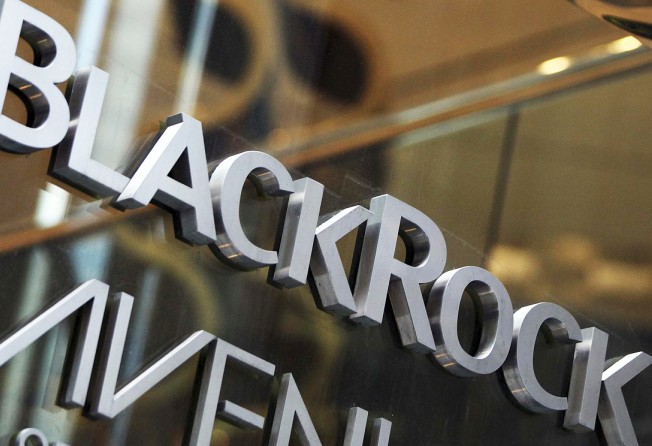Big investors shift from futures to ETFs as costs grow
Saving money while getting similar returns attracts investors as regulations raise fees

Institutional investors, such as endowments and sovereign wealth funds, are trading some of their stock futures contracts for exchange-traded funds (ETFs), an action they say saves them money and effort while providing comparable returns.
It is a shift prompted by the regulation-driven rising cost of futures trading, and it has ETF issuers such as BlackRock salivating. In the past six months, the largest US ETF provider said it had some US$2 billion in purchases of ETFs from investors that previously bought futures and swaps with that money.
In pre-crisis 2008, a typical stock futures contract held for a year would cost about US$100 for US$100,000 of contract value. Now, it would cost between US$300 and US$500, as bank dealers mark up these contracts to cover the costs of the higher capital requirements.
DANIEL GAMBA, BLACKROCK
Price wars among major ETF providers are driving down management fees and resulting in very cheap access to funds tracking broad stock indexes.
"Unless the cost of capital changes, then ETFs will take more and more share of the futures and swaps market," said Daniel Gamba, who oversees BlackRock's iShares institutional business in the Americas.
To be sure, most of the money in the futures market will stay there, because it is invested by those that want the kind of leverage they cannot get from ETFs, said Chintan Kotecha, an analyst at Bank of America Merrill Lynch.
Gamba said that since the entire US$2.6 trillion ETF market was but a small fraction of the US$48 trillion invested globally in futures and swaps, even an incremental move away from futures would leave plenty of room for increased ETF sales.
A long-term investor seeking to put US$100 million in the S&P 500 to gain equity market exposure would save about US$250,000 in fees in a year by doing it via ETFs instead of futures but would have similar investment results, based on a recent analysis by Bank of America Merrill Lynch.
Here is how that would work: a long-term futures investor might pay US$5 million, or 5 per cent margin, for a US$100 million futures contract on the Standard & Poor's 500 stock index and put the remaining US$95 million into a money market mutual fund or other cash equivalent.
Every few months, as the contract expired, the investor would have to roll it over into a new contract. At the end of the year, the total costs would be US$417,000 for that US$100 million contract. If the underlying index had moved up 5 per cent during that time, the investor would net US$4.58 million. If it had moved down 5 per cent, the investor would have lost US$5.42 million.
If, instead, the same US$100 million were put directly into an S&P 500 stock index ETF, the costs would be US$164,000. A 5 per cent increase in the underlying index would then net the investor US$4.84 million. A 5 per cent drop would cause a loss of US$5.16 million.
That calculation has driven Makena Capital, a US-based manager of US$20 billion for endowments, foundations and sovereign wealth funds, to choose ETFs in some cases because of their lower cost and ease of use.
"If you are holding a futures contract for only two weeks, no big deal, but if you are holding it for a year and have to do this roll four times, that's four transaction costs, versus holding an ETF, where there is no need to roll," said Michel Del Buono, the firm's global investment strategist.